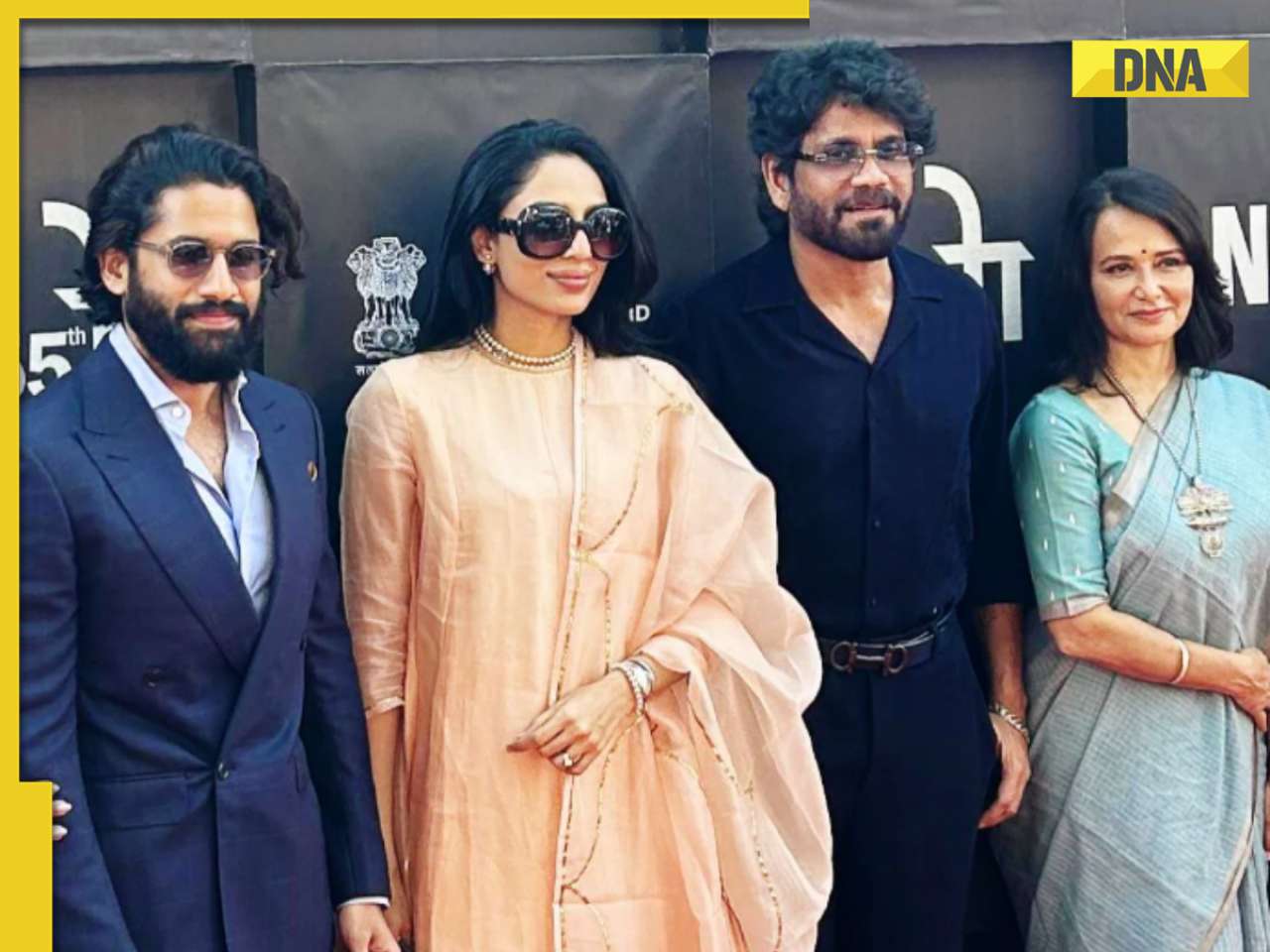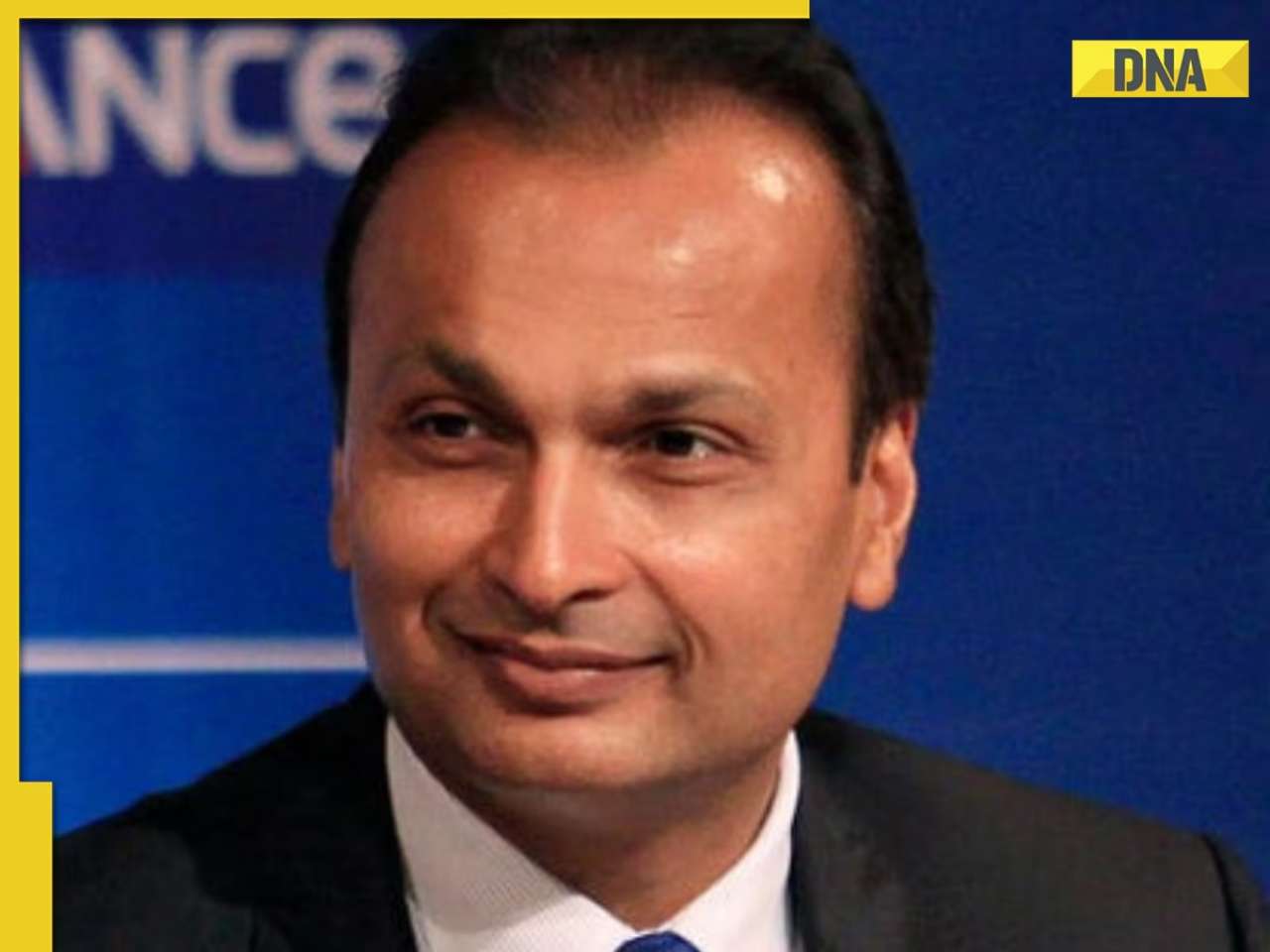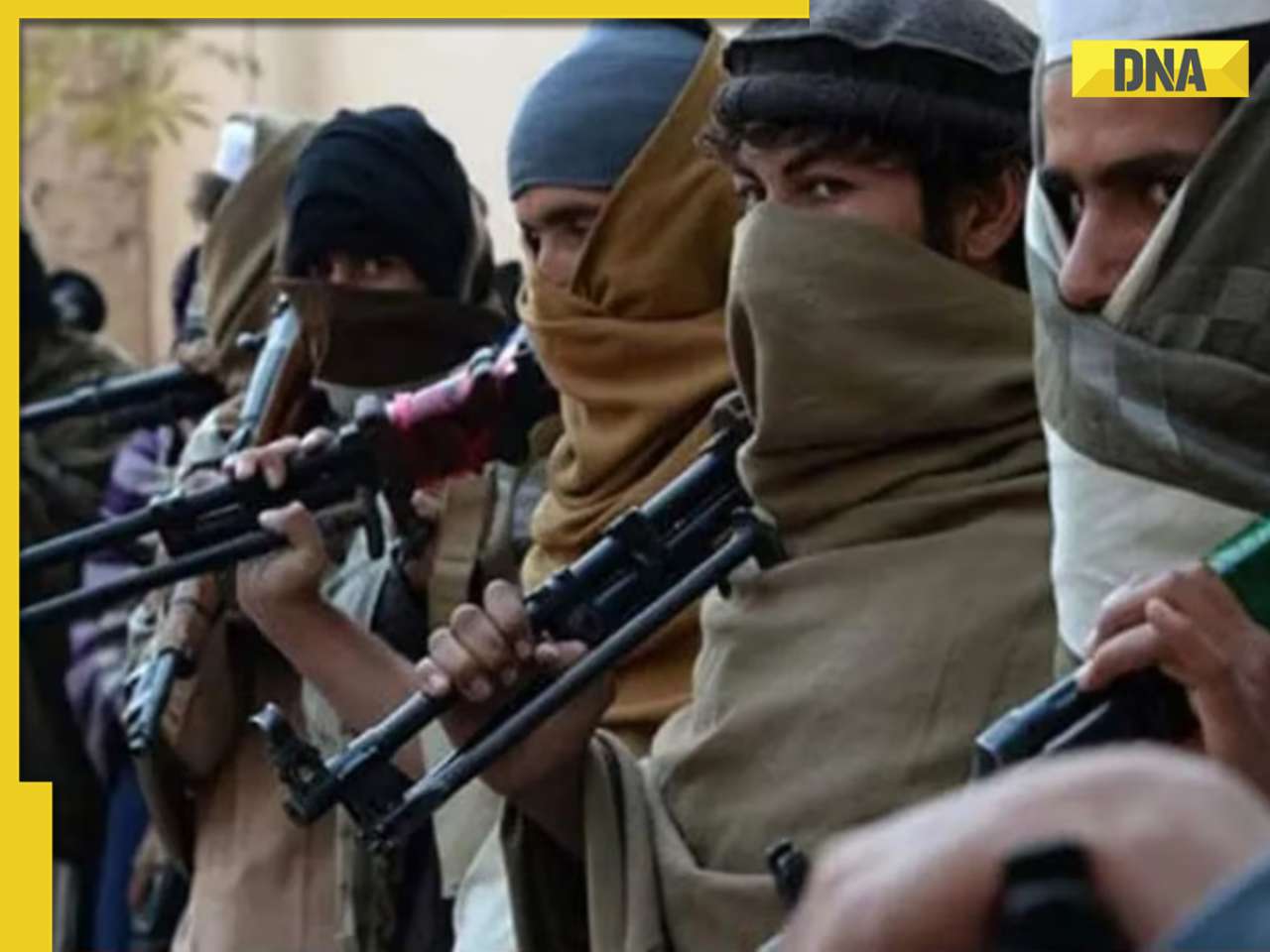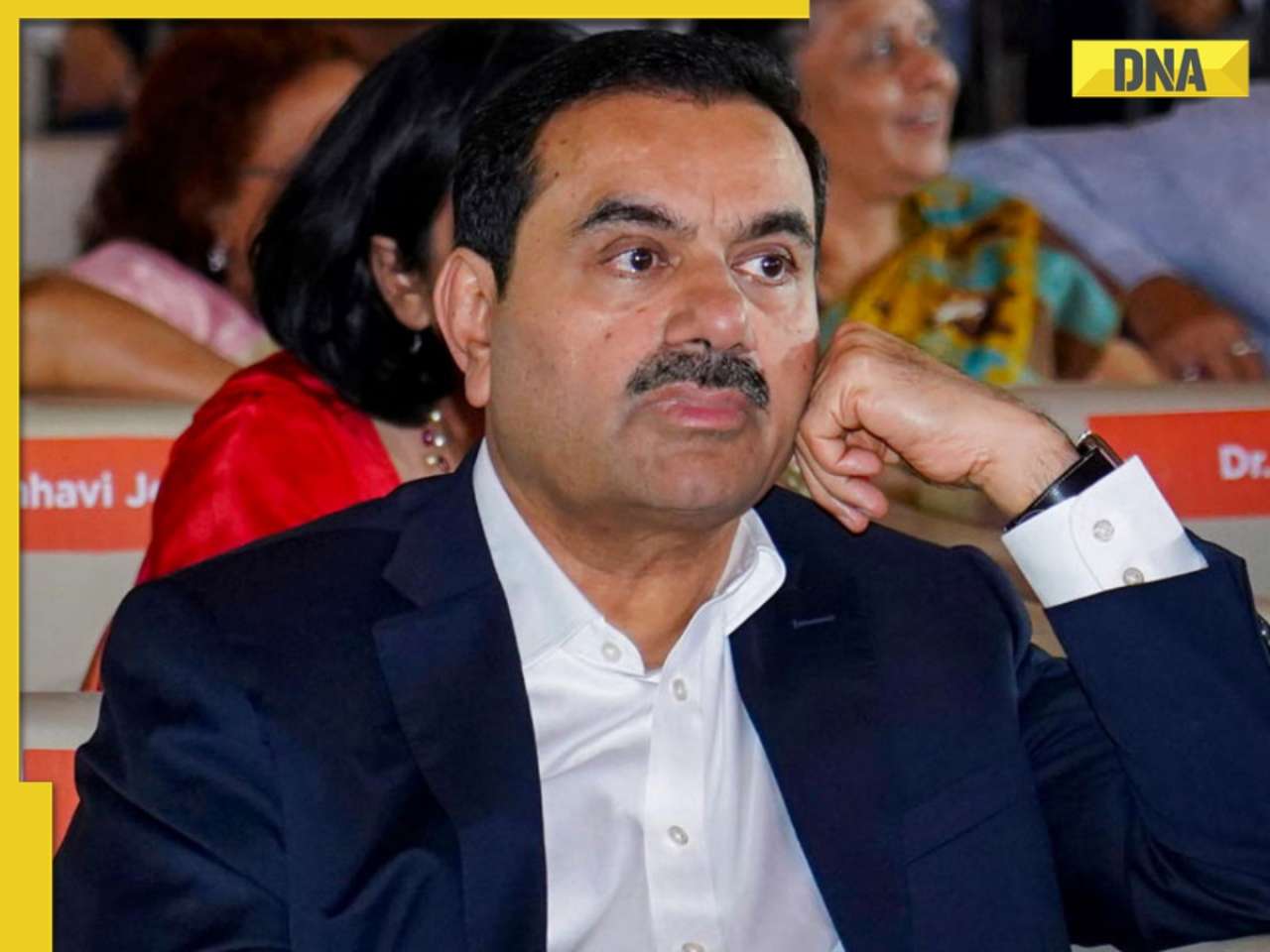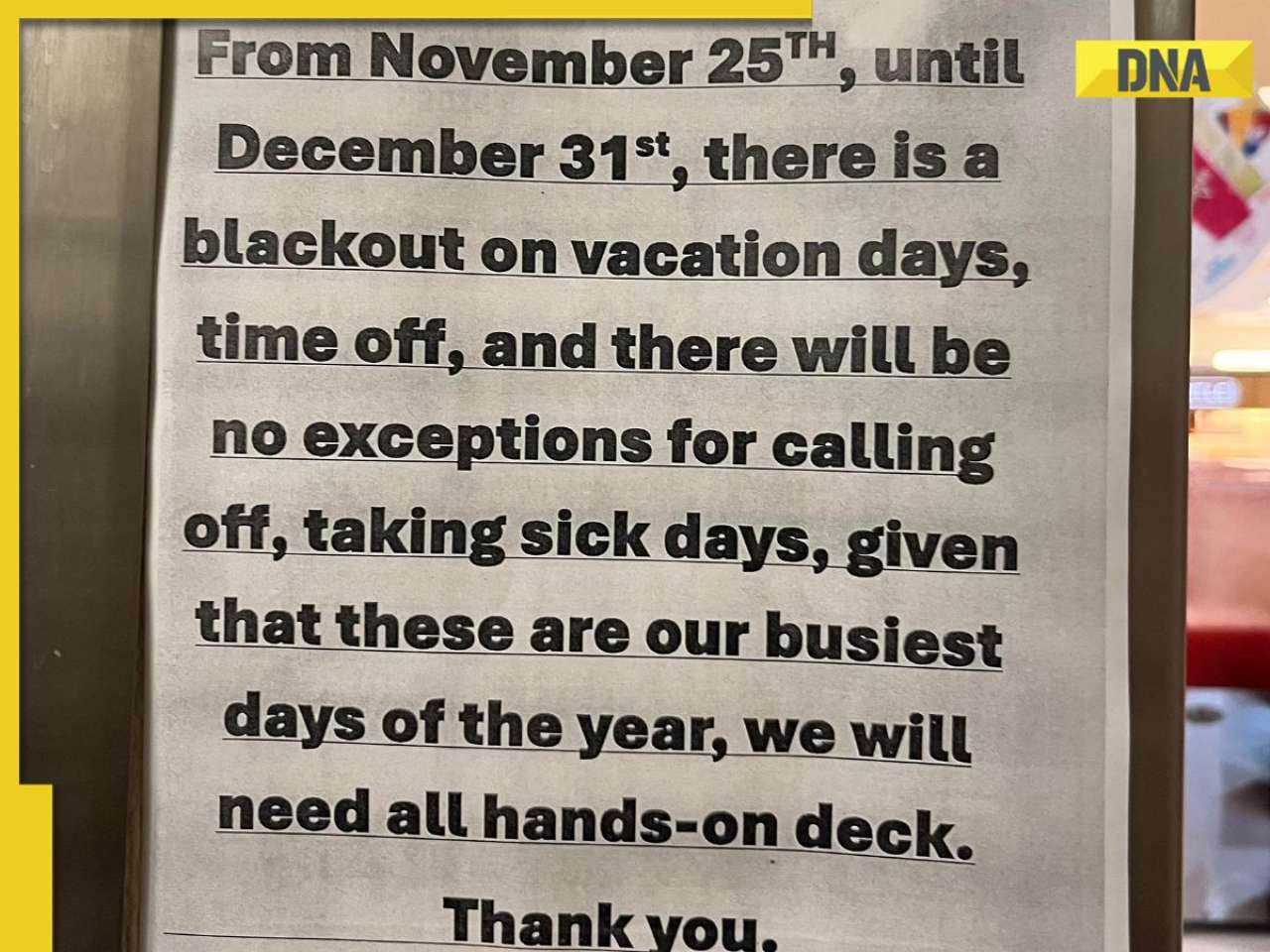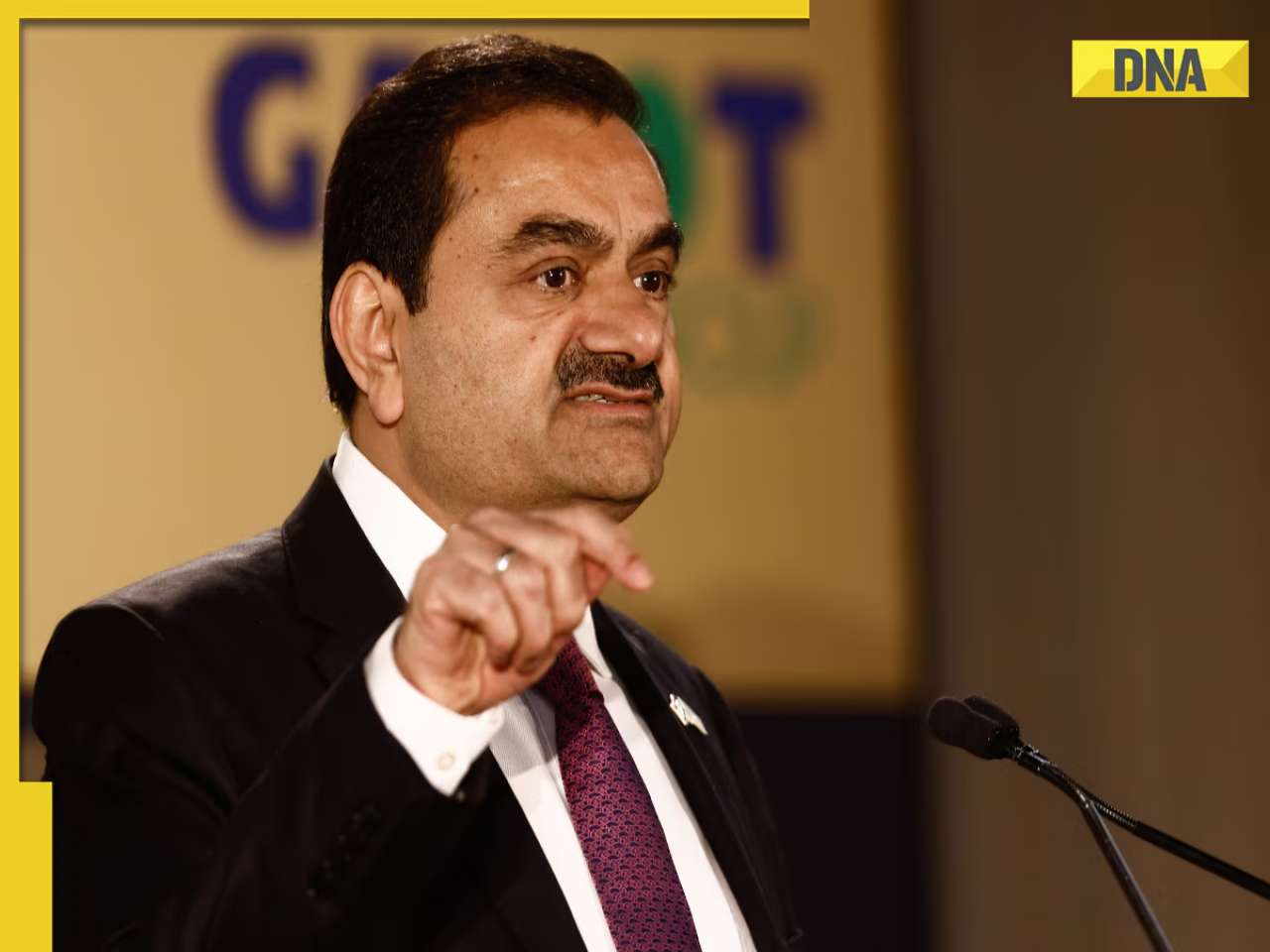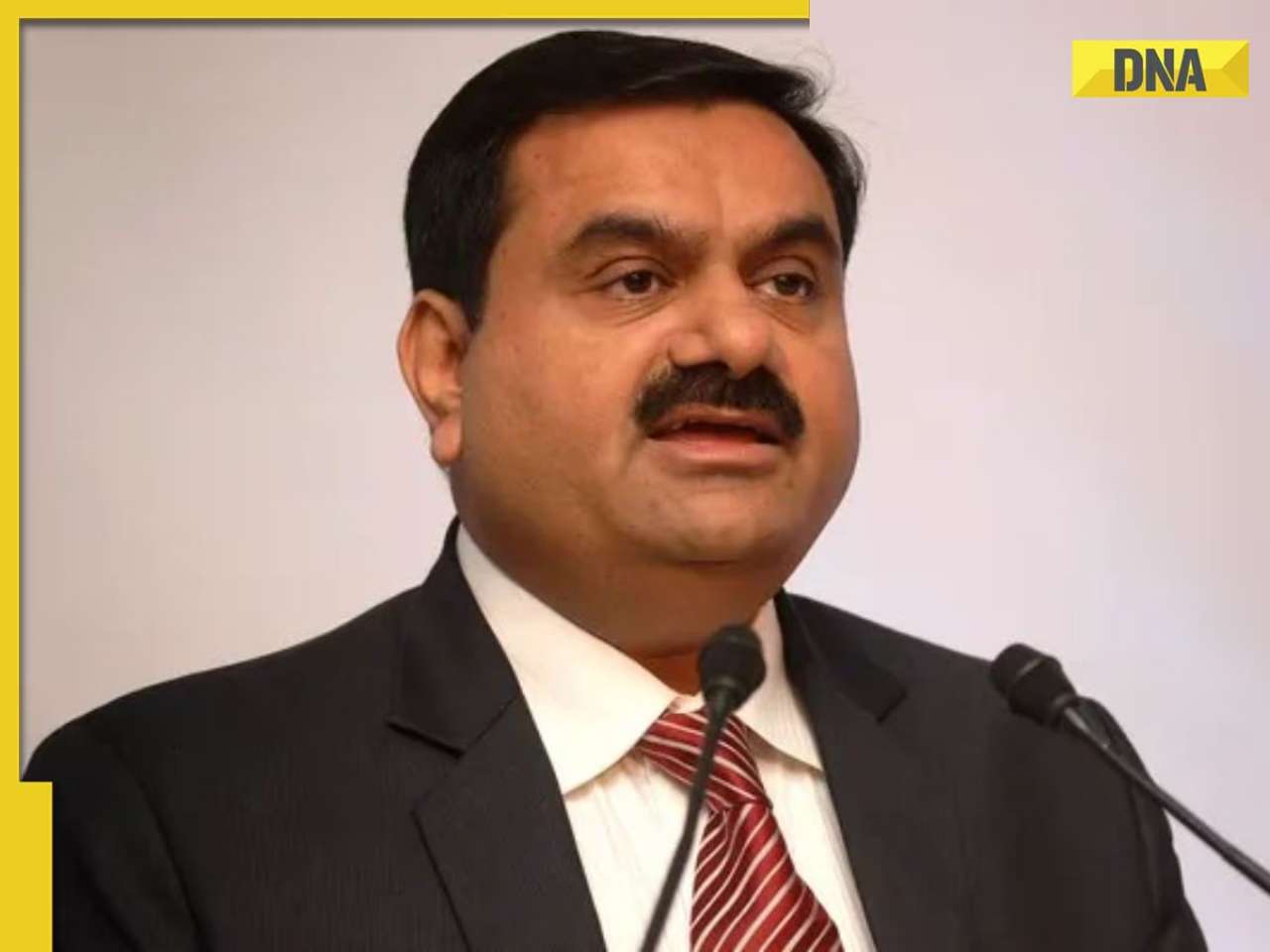- LATEST
- WEBSTORY
- TRENDING
ANALYSIS
Kalpana Chawla’s Echoes: NASA Puts Astronaut Safety First, Sunita, Butch To Return On SpaceX
The duo will return in a SpaceX Dragon capsule, which is originally part of the Crew-9 mission scheduled to launch in September.
TRENDING NOW
On Saturday (August 24) NASA made its final decision about the return of two astronauts who have been on an extended mission aboard the International Space Station (ISS). Sunita Williams and Barry ‘Butch’ Wilmore, who originally planned to spend only eight days in space after launching on June 5 with Boeing’s Starliner capsule, will now return to Earth no earlier than February 2025.
Additionally, NASA and Boeing have decided that they will not return to Earth on the same Starliner capsule they used to reach the ISS. Instead, they will return in a SpaceX Dragon capsule, which is originally part of the Crew-9 mission scheduled to launch in September. This Dragon capsule will be specially modified to carry the two Starliner astronauts back home.
The capsule will be launched with just two members of the crew to ensure there is room for ‘Suni’ and ‘Butch’ when they need to return to Earth. It will also be adjusted to carry extra cargo, personal belongings and Dragon-specific spacesuits for the Starliner crew.
NASA and Boeing are collaborating to safely return the crewless Starliner capsule to Earth, with a plan to land it in White Sands Space Harbor, New Mexico, around September. White Sands Space Harbor is a back-up landing site for spacecraft, located in New Mexico, within a desert area, used primarily by NASA for space shuttle landings.
The return of the two Starliner astronauts to Earth has been confirmed after some uncertainty. They are coming back after the first crewed mission for the Starliner capsule, the Crew Flight Test, was completed. This test was a significant milestone as the capsule had previously only undergone un-crewed tests.
As reported by Space.com, NASA Administrator Bill Nelson stated that the decision to leave Butch and Suni on the ISS and bring the Boeing Starliner back to Earth un-crewed was made in the interests of safety. Safety is a major concern for the Starliner spacecraft. During the docking process, the Starliner spacecraft had issues with five of its 28 reaction control thrusters (RCTs)—small rocket engines on spacecraft that provide precise control and help adjust a spacecraft’s orientation (attitude), make small movements and assist in docking manoeuvres.
NASA and Boeing had decided to keep the astronauts on the ISS longer to fix the problem. However, no solution has been found yet. NASA’s Steve Stich said the thrusters were causing a lot of problems. It is hard to know how well they will work or what temperatures they may reach. It is a difficult situation to predict and manage.
Ken Bowersox, NASA’s Associate Administrator for Space Operations, emphasised the uncertainty of how much the thrusters can be used during the return journey. He highlighted the heating issues that had occurred during the ascent, reports Space.com. Due to the high level of uncertainty and risks involved, NASA has stressed that it is too dangerous to bring Suni and Butch back to Earth using the same Starliner capsule that took them to space.
Stich mentioned that, if they had a reliable way to predict how the thrusters would perform during undocking, the de-orbit burn and separation, they might have made a different decision. However, after analysing the data, including the chances of thruster failures with crew on board, the risk was deemed too high to proceed with that plan.
Nelson said he was thinking about the tragic space shuttle accidents that had happened in 1986 and 2003, in which 14 astronauts lost their lives, while making decisions. He was a senator when the second accident occurred, and it had had a big impact on him.
CHALLENGER: LESSONS IN COMMUNICATION & SAFETY
In 1986, space shuttle Challenger met a devastating fate, exploding just moments after lift-off and claiming the lives of all seven members of the crew. The root cause of this tragic event was traced back to a failure in an O-ring seal within one of the solid rocket boosters, compromised by the cold weather conditions on the day of launch.
The engineers at Morton Thiokol in Utah—the company responsible for manufacturing the solid rocket boosters used on the Challenger spacecraft—had warned their management not to launch the Challenger spacecraft due to the cold weather. However, their concerns were not communicated effectively, leading to the tragic disaster. This highlights the importance of clear communication and the need to listen to the expertise of those on the ground.
REMEMBERING COLUMBIA: LESSONS LEARNT, LIVES LOST
During the Columbia mission, concerns about hardware issues were not raised due to a culture that discouraged sharing this type of information. NASA has since made efforts to create an environment where individuals feel empowered to voice their opinions and concerns. This ongoing commitment to open communication is evident in the current practices at NASA.
Kalpana Chawla was one of the seven members of the crew who tragically perished on February 1, 2003, when space shuttle Columbia disintegrated upon re-entry into Earth’s atmosphere. During the launch, a piece of foam insulation had broken off from the external fuel tank and struck the left wing of the shuttle. This impact had damaged the thermal protection system, specifically the heat-resistant tiles, on the wing.
However, this damage went unnoticed and was not properly communicated, or addressed, leading to the catastrophic failure during re-entry. Chawla, an accomplished astronaut and the first woman of Indian descent to travel to space, was among those who perished in this tragic event.
THRUSTER DEVELOPMENT UPGRADE IN SPACE EXPLORATION
In a positive update, NASA’s Associate Administrator, Jim Free, reported significant technical advancements in the development of a new and improved thruster model in collaboration with the Boeing team. These advancements were made possible through thorough physical testing of the thrusters, a deeper understanding of fluid dynamics and knowledge of materials properties.
EXTENDED STAY ON ISS: MANAGING OPERATIONS & SUPPLIES
The decision to extend Suni and Butch’s stay on the ISS until February 2025 means they will have to remain on the station for an unexpected total of approximately eight months. This raises concerns about how the delay will impact station operations. However, ISS Program Manager Dana Weigel is not overly concerned about the extended duration, as astronauts have earlier stayed on the station for even up to 12 months. There have been no issues with supply allocation for the current astronauts on board and there has been no need to ration supplies.
NEXT STEPS FOR THE STARLINER CAPSULE’S RETURN TO EARTH
The forthcoming plans involve preparing for the descent of the Starliner capsule back to Earth, technically classified as an ‘un-crewed test flight’. Changes are being made to the separation sequence to ensure a quicker departure from the station, with a focus on simplifying the process. The team will discuss these modifications during the Readiness Review and aim to execute the de-orbit burn successfully.
(The author of this article is a Defence, Aerospace & Political Analyst based in Bengaluru. He is also Director of ADD Engineering Components, India, Pvt. Ltd, a subsidiary of ADD Engineering GmbH, Germany)
(Disclaimer: The views expressed above are the author's own and do not reflect those of DNA)







)
)
)
)
)
)
)
)
)
)
)
)
)
)
)
)





